- What do mice eat?
- Rodent Nutrition
The mouse is a small animal from the order of rodents, in which there are about 400 species that differ in appearance and habitat of animals. Representatives of the mouse family live in tropical thickets, deciduous and coniferous forests. You can meet a mouse in a meadow and in the steppe, taiga and in the mountains, in tropical thickets and even in a swamp. On the territory of Russia are more common brownies, field and forest mice. Often these animals settle near human habitation. Rodents are almost omnivorous, adapting to different living conditions. What mice eat can be found in this article.
Features
Mice are small-sized animals whose maximum body length (depending on kind of mice) can reach up to 19 cm. These are very shy creatures, being careful with every rustle and sound. Feeling danger, the animals quickly hide or go on the run. The language of communication for these small rodents is squeak. They are able to live both singly and in a small family.
In autumn, the mouse tries to make supplies that it eats in winter. She lays them in nests, which are twisted from grass stems. Rodents also dig complex systems of underground passages and use abandoned burrows that serve them as shelters.
Animals have an excellent appetite. They like to eat agricultural crops, which is why they damage the crop. But getting rid of rodents is not easy, as rodents reproduce very quickly: a female individual at a time is able to bring up to 10 mice. During the year, each female leads 3-4 offspring. And given the fact that animals become sexually mature after 70-80 days and the female’s pregnancy lasts no more than 25 days, it becomes clear that mouse populations are replenished quite quickly.
On a note!
In natural conditions, animals live 9-10 months. Much higher mouse life span in captivity (up to 7-8 years).
What wild rodents love
Wild mice live in nature where there is food that they can eat. They equip their homes and replenish food supplies throughout the fall. In search of food, mice usually leave their homes at night. Rodents prefer to eat plant foods. Animals living in the forest eat grass seeds, tree fruits, plant tops, nuts, acorns and mushrooms. They can also eat insects: various beetles, grasshoppers, spiders, caterpillars, crickets and even worms.
In the cold season, these mammals do not hibernate, they continue to lead an active lifestyle, and in case of hunger in a panic state they begin to look for food. In winter, animals can not always be noticed, as they try to move under the snow.
Meadow, steppe and field mice eat grain (millet, buckwheat, barley, wheat and oats), clover and fruit. Vole can also feed on cereal stems and seeds, likes seedlings and flowers. The green part of plants, various buds, root crops, leaves and shoots - this is what the mouse that lives in the swamp and along the banks of the rivers eats.
On a note!
Often mice live in hives, where they begin to feed not only on dead, but also on live bees. In addition, they eat honey and bee bread, which is necessary for bees in early spring.
Mice also live in the house. They settle there when their stocks run out, damaging the structure and harvest.
What home mice love
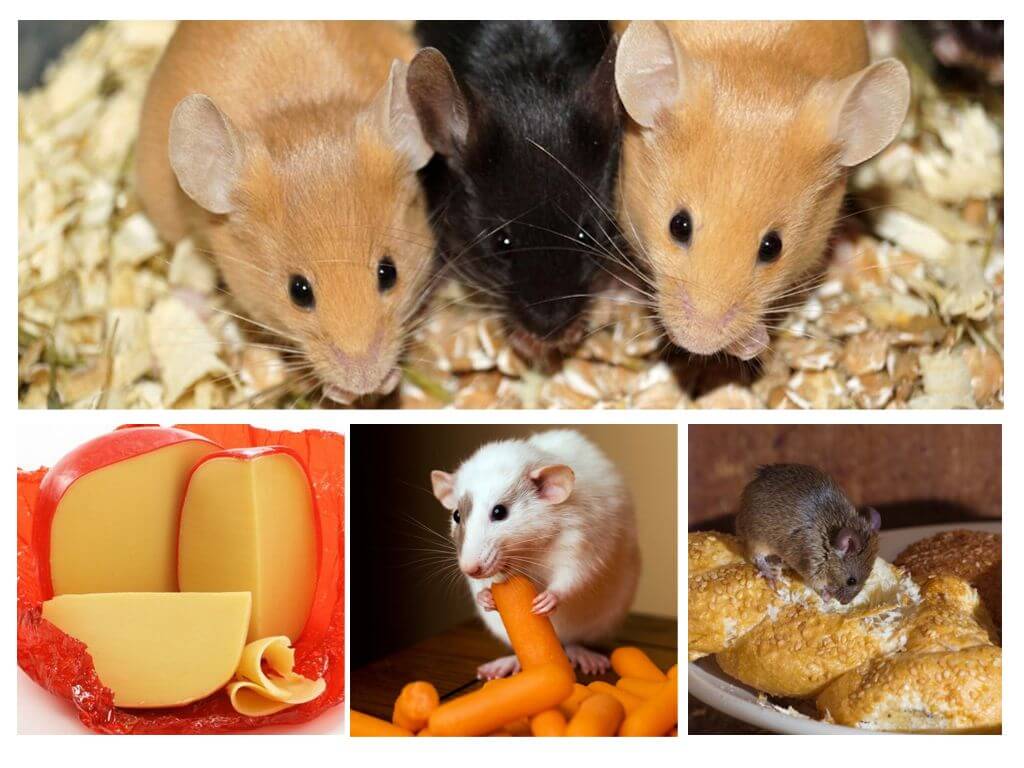
The biggest gluttons can be called rodents living next to a person, as well as near his home. Most often, these are small white animals that are very quickly getting used to humans and can be trained. The mice that live in people's homes are fed not only with cereals, they eat various foods: potatoes, beets, carrots, can eat quail eggs and even sausage. It is known that cockroach mice eat at home.
The favorite food of mice is apples, melons, grapes. They can also eat bread, greens in the form of lettuce, young shoots of nettle, sprigs of raspberries or apple trees. They love to eat dried fruits, zucchini, cucumbers, green parts of plants (parsley, dill).
Some representatives of the mouse family do not exclude raw meat in their diet. Maybe even eat mouse mice of smaller sizes. So overall yellow-throated mice are able to eat their own kind - small brothers living in a field or forest. However, this is only possible if they will be in the same room or cage. In nature, manifestations of cannibalism are practically not observed. This is due to the fact that small animals are much more mobile and quicker than their large relatives.
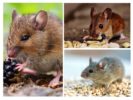


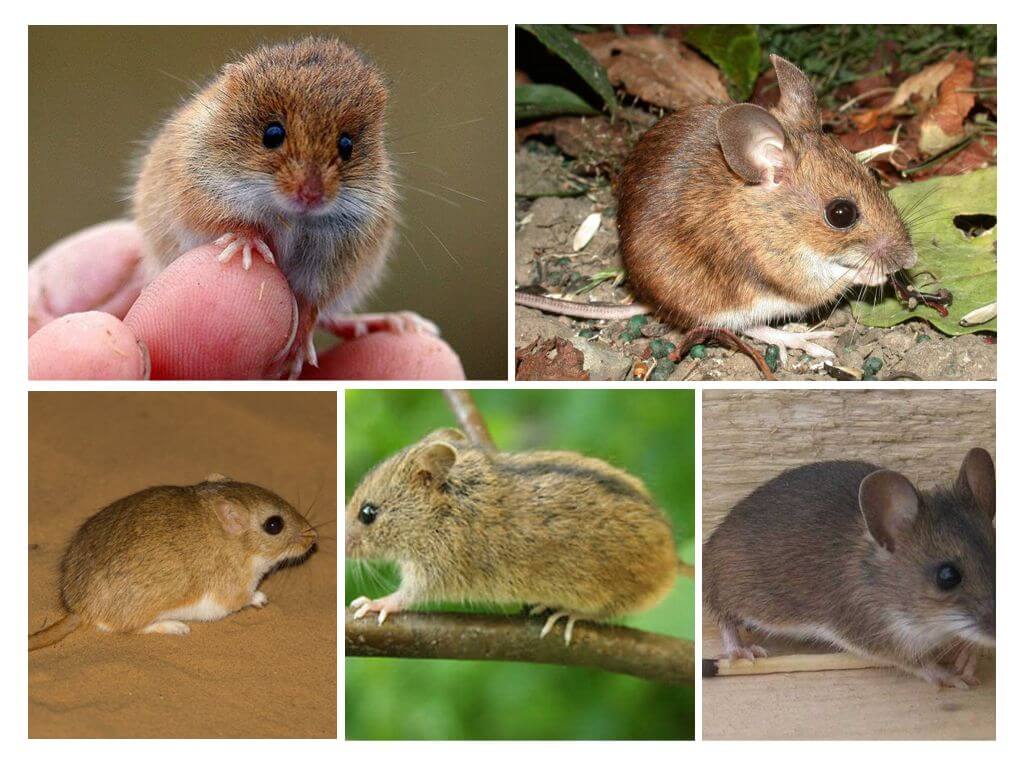
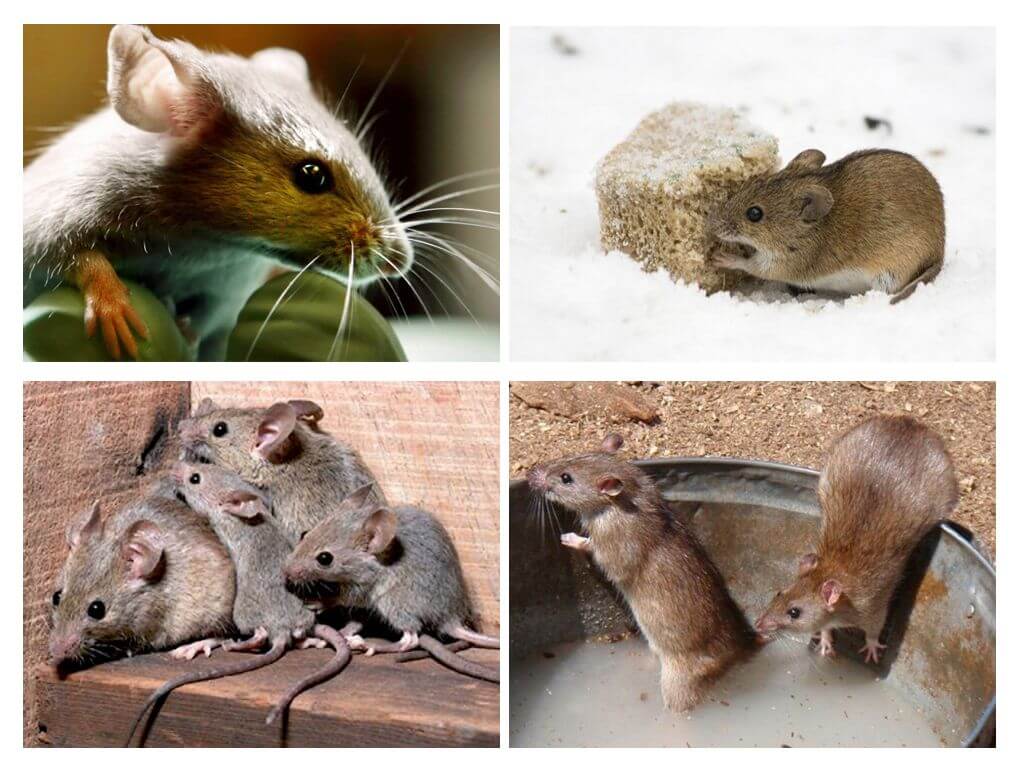
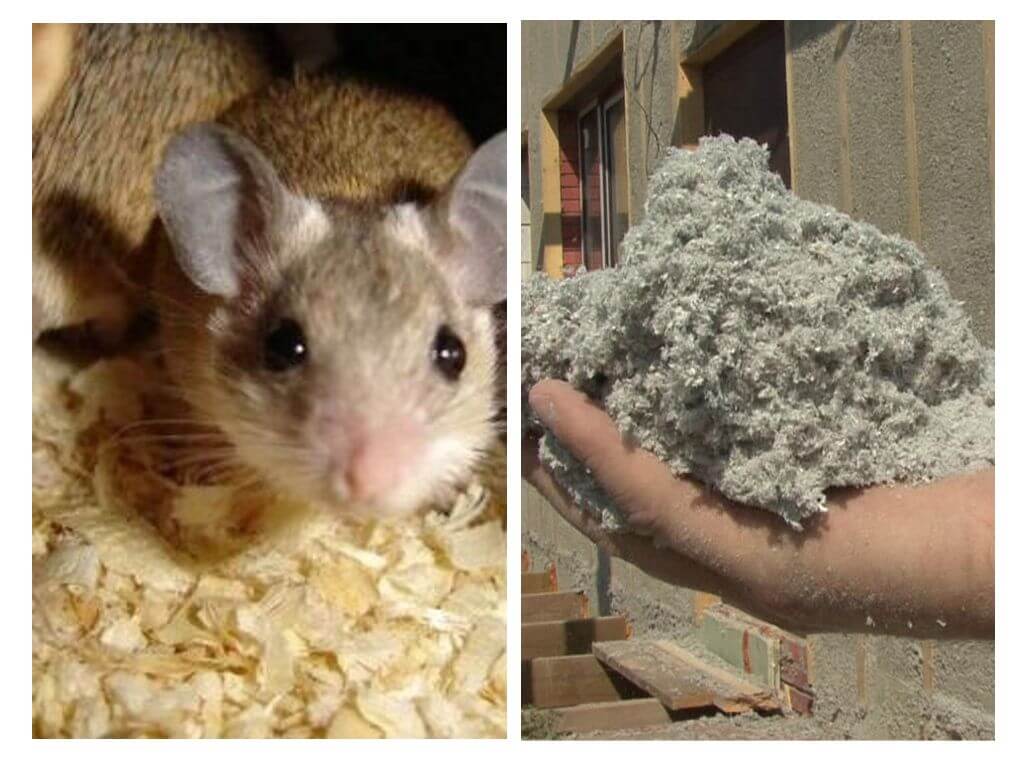
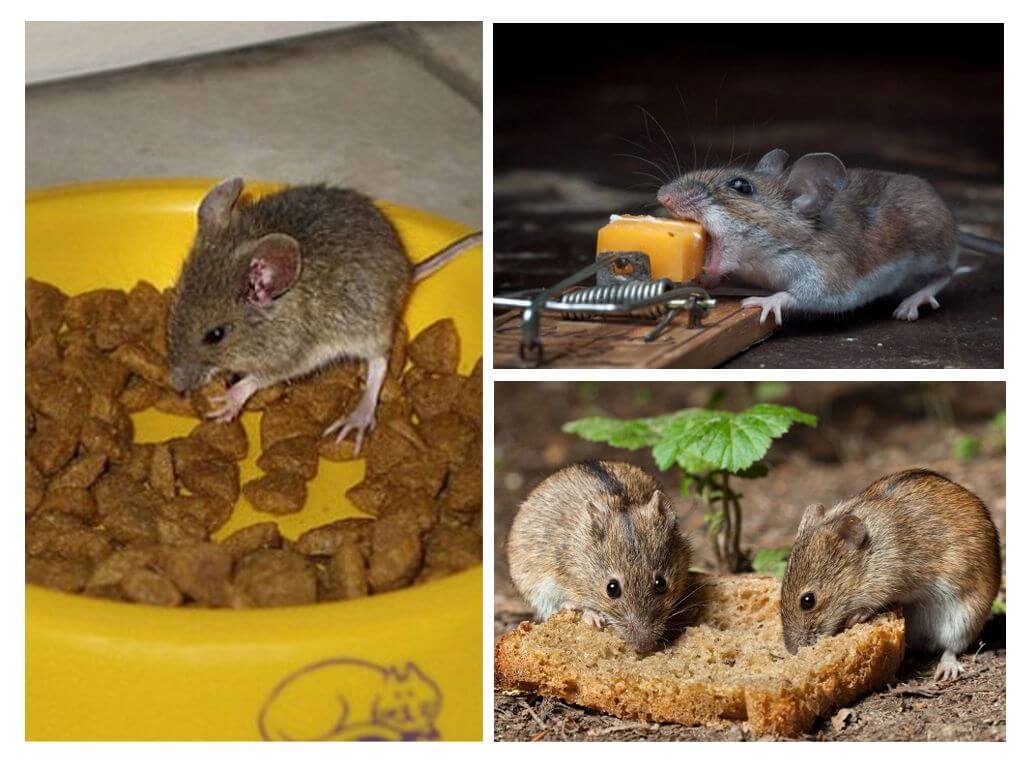
Voles are quite frequent guests in our house, since we live in the private sector. Especially large influxes of rodents occur in February - apparently the reserves are running out, and hunger forces them to go in search of food.
The mice ate a good portion of a bag of potatoes, gnawed beets and pumpkins. I will not save from them.
We also have mice in the barn, where are the stocks of livestock feed. Our cat helps out - a great hunter.
Mice are fiends, gnawing insulation in the attic.
I expanded the cellar with expanded clay. Very reliable thermal insulator: it absorbs noise well, keeps the temperature, does not burn, and most importantly - rodents do not start in it.
Children bought a decorative mouse. So much joy and delight. It is very curious to observe a rodent, especially at feeding times. The mouse loves seeds and greens.
We feed our mouse at home with special food, give carrots, beets, cucumbers and twigs of fruit trees.
Mice nibbled all the seedlings in the garden, destroyed the sowing of carrots and beets. Just some kind of massive invasion of rodents.
A lot of mice in the field. They destroy the inflorescences and roots of various plants. Rodents also feed on cereals, cone seeds, and various nuts.
On the second floor of our house, by the autumn, many flies are crowded. We poisoned them with dichlorvos. There were a very large number of flies on the floor. We decided not to ventilate yet, but to wait some more time to destroy as many flies as possible. Soon, ascending to the second floor, we found that only legs were left from the flies. Most likely they were eaten by mice.